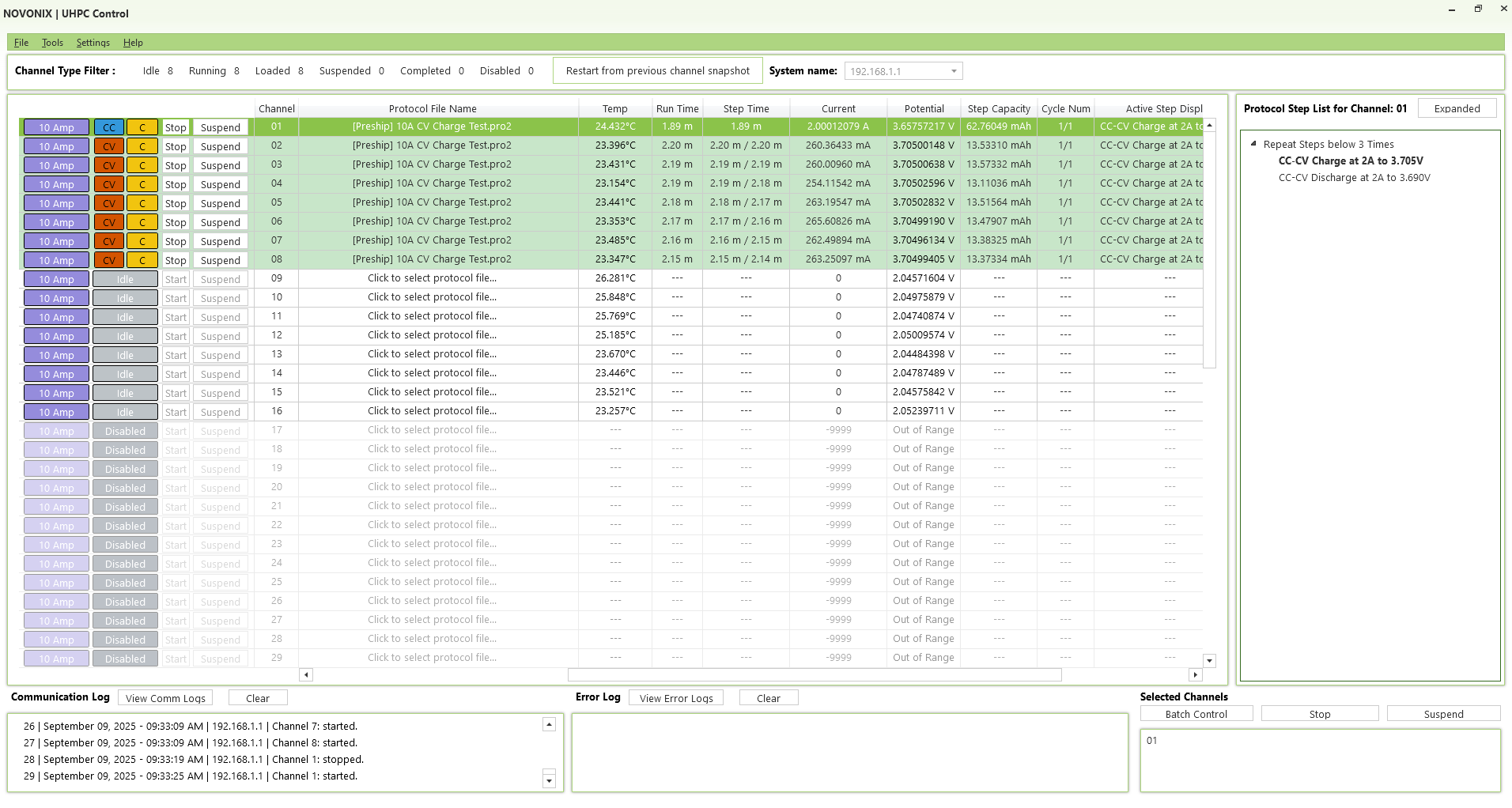Editors’ Choice—Hindering Rollover Failure of Li[Ni 0.5 Mn 0.3 Co 0.2 ]O 2 /Graphite Pouch Cells during Long-Term Cycling
Ma, X., Harlow, J. E., Li, J., Ma, L., Hall, D. S., Buteau, S., Genovese, M., Cormier, M., & Dahn, J. R. (2019).
Journal of The Electrochemical Society, 166(4), A711–A724. https://doi.org/10.1149/2.0801904jes
Abstract
Eventual rapid capacity loss or “rollover” failure of lithium-ion cells during long-term cycling (>3000 cycles in many cases) at room temperature was studied with Li[Ni0.5Mn0.3Co0.2]O2/graphite pouch cells. The effects of positive electrode material coating, electrolyte additives, upper cutoff voltage, LiPF6 concentration, cell rest periods, electrode thickness, graphite type and electrolyte solvent formulation were probed. Cells were tested under 1C charge and discharge with “rate maps” (discharges at C/20, C/2, 1C, 2C, 3C) applied every 100 cycles. The loss of high rate capability (3C) is shown to be an early warning of impending rollover failure. Electrochemical impedance spectroscopy (EIS) and studies of symmetric cells made using electrodes from disassembled cells demonstrate that impedance growth at the positive electrode and associated DC resistance growth is responsible for rollover failure in these cells. Ultra-high precision coulometry (UHPC) shows that cells that were charged to higher voltages, which increase the rate of electrolyte oxidation, or show higher rates of electrolyte oxidation at the same cutoff potential due to changes in electrolyte formulation, normally are more prone to eventual rollover failure. In order to avoid rollover and extend the cycling life of Li-ion cells, it is important to choose optimal cell chemistries, some of which are enumerated in this report.
